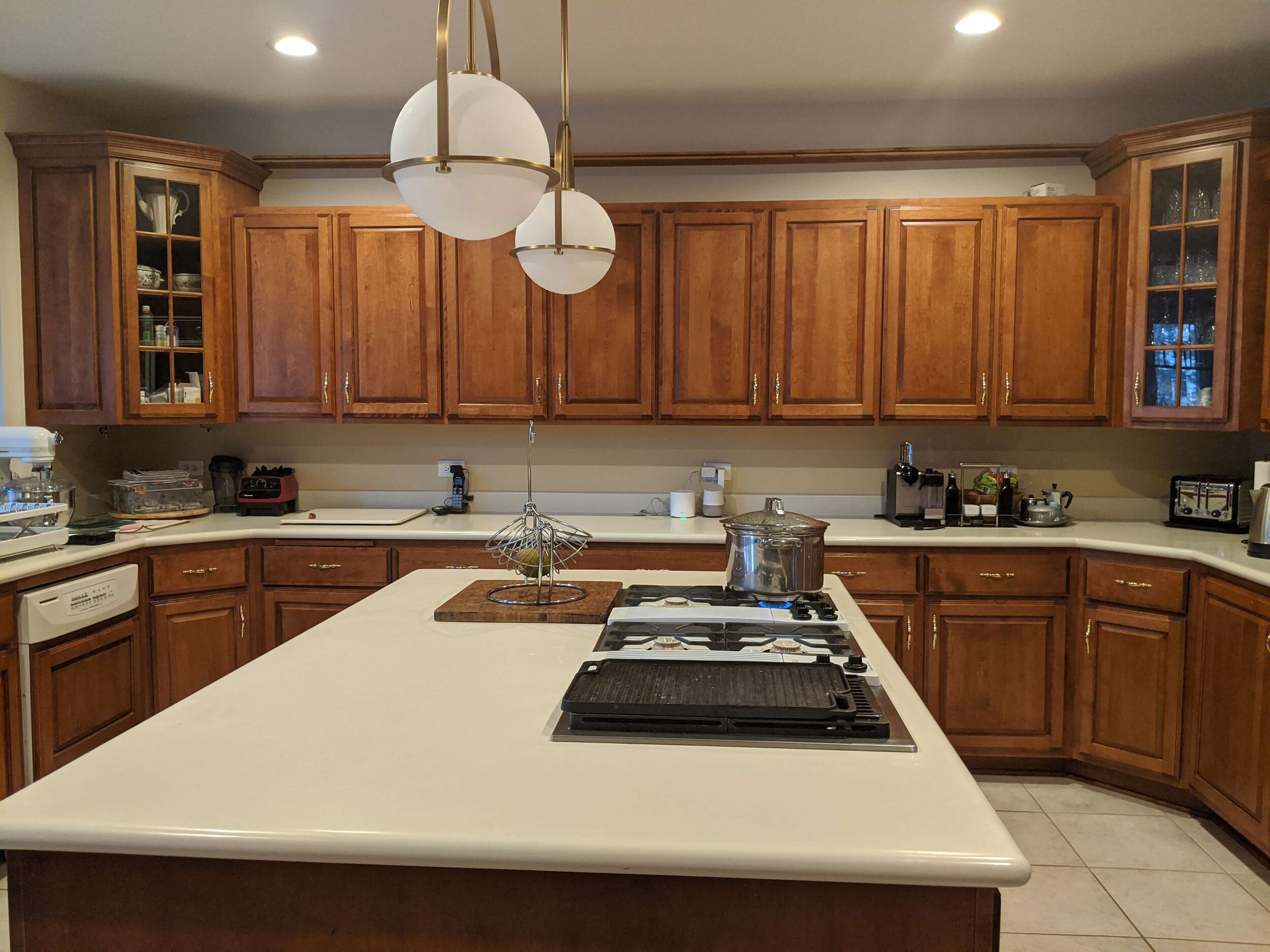Preparing Your Cabinets: How To Restain Cabinets Lighter
Before you can start staining your cabinets a lighter color, you need to thoroughly clean and prepare them. This step ensures a smooth and even finish that will last for years to come.
Cleaning and Preparing Cabinets, How to restain cabinets lighter
Thoroughly cleaning your cabinets removes dirt, grease, and any existing finishes that may interfere with the new stain. Start by removing all hardware, including knobs, pulls, hinges, and shelves. This allows you to clean every nook and cranny and ensures a smooth, even finish.
- Use a degreaser or TSP (trisodium phosphate) solution to clean the cabinet surfaces. TSP is a powerful cleaner that removes dirt, grease, and grime effectively. Apply the cleaner to the cabinet surfaces with a damp cloth, making sure to get into all the crevices. Rinse the surfaces thoroughly with clean water and allow them to dry completely.
- If your cabinets have a glossy or semi-gloss finish, you’ll need to sand them down to create a rougher surface for the new stain to adhere to. Use a fine-grit sandpaper (120-grit or higher) to lightly sand the surfaces. Be sure to sand in the direction of the wood grain to avoid creating scratches.
Removing Hardware and Filling Holes
Once the cabinets are clean, you can remove the hardware. Carefully pry off any knobs, pulls, or hinges with a flathead screwdriver. After removing the hardware, use wood filler to fill any holes or cracks left behind. Apply the filler with a putty knife, smoothing it out with your fingers. Allow the filler to dry completely before sanding it down to a smooth finish.
Sanding Cabinets
Sanding your cabinets creates a smooth surface for the new stain to adhere to. Start with a coarse-grit sandpaper (80-grit) to remove any imperfections or old finishes. Gradually work your way up to a finer-grit sandpaper (120-grit or higher) for a smoother finish. Sand with the grain of the wood, applying even pressure to avoid scratches. You can use a sanding block to help you sand evenly.
Masking Off Surrounding Areas
Before you start staining, protect the surrounding areas from spills or overspray. Use painter’s tape to mask off any areas that you don’t want to stain, such as walls, countertops, or floors. Cover the floor with drop cloths to protect it from spills and dust.

